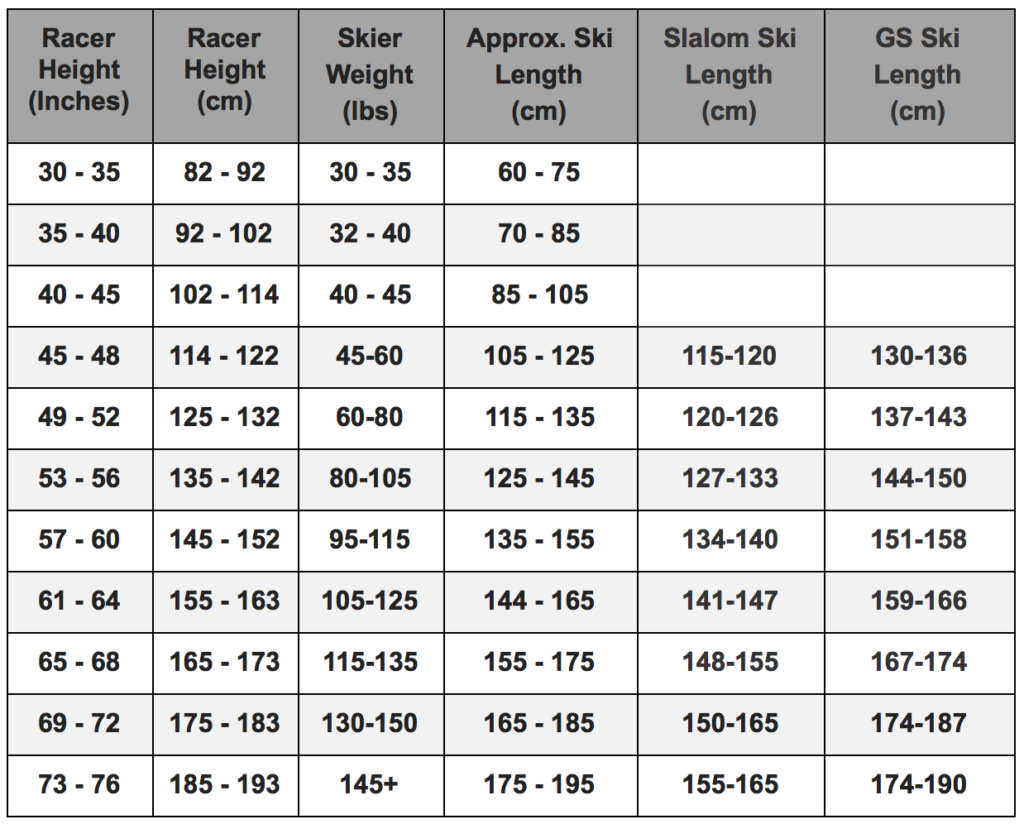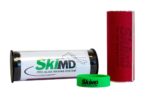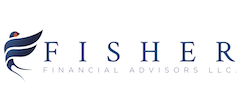Skiing is an equipment intensive sport. Not having the right equipment can really undermine an athlete’s performance. We recommend seeking advice from: 1) a coach 2) a shop that has experience with young athletes and/or 3) attend a Fit Day.
SKIS
Below are guidelines on which sizes of skis to choose based on a skier’s height. Refer to age specific recommendations further below for guidance on appropriate skis.

Slalom (SL) skis are generally measured between the chin and bridge of the nose. Giant Slalom (GS) are generally a bit longer and are measured between the bridge of the nose and to just above the top of the head. Lighter weight and less experienced skiers may want to go with a ski that is a bit shorter on the chart below. The opposite is applied to heavier or more aggressive ski racers and you may want to go a bit longer. Again these are only general recommendations and you should consult with your coach or a ski expert for more specific advice.
BOOTS
Boots are perhaps the most critical piece of equipment. Perhaps the biggest equipment problem coaches have is with the ski boots. Too often an athlete arrives with a pair of boots that are either too big or too stiff. Both of these issues will inhibit a skier’s ability to perform. Always have a professional help you with ski boots. For fit you should do a shell fit to start with the liner out of the shell. With the toes just brushing the boot toe there should be no more that 1 – 2 fingers of depth between the athlete’s heel and back of boot shell.
The flex is just as critical. An athlete should be able to flex the boot (especially in a warm ski shop). This is also based on an athlete’s skill, the stronger the skier the stiffer the boot, but again not too stiff. With a boot that is too stiff it is difficult to initiate the turn, too soft and you lose stability and strength in the middle of the turn. The flex of the boot should be smooth and even. Most of the major companies have finally gotten on board with the youth boots and they are all generally flexible. Be aware that two pairs of boots may have the same cosmetic appearance but have different flex; look for the flex number as part of the graphic containing the brand name and/or model, generally on the outside of the boot upper.
HELMETS
Helmets are a critical piece of safety equipment and must fit properly. A helmet that is too tight or loose is as dangerous as not wearing a helmet at all. How to get a correctly sized helmet:
- Measure Head
Take a soft measuring tape and wrap it around your athlete’s head about 1 inch above their eyebrows and ears. Most helmets are measured in centimeters, so unless you love calculations, measure your child’s head in centimeters. For example, if you measure the circumference of the head and it is 56 cm, your child will wear a 56 cm helmet or Medium (55-58cm) depending on the helmet’s size scale. Don’t have a soft tape measure? Take a piece of string and wrap it around your child’s head and then measure the string.
- Try the helmet on
Before you purchase, have your child try the helmet on. The helmet should feel snug. A properly fitting helmet needs to be snug all the way around your child’s head so that it doesn’t move around. You don’t want any excess space between the helmet and the head. Be careful to pay attention to any pressure or pain points.
- The Shake Test
With the helmet on, have your child shake their head around. If the helmet moves on its own or shakes separately from their head, it’s too big. With your hands, move the helmet to the left and right, up and down. The skin of your head should move with the helmet without the helmet shifting on its own. You can choose to buckle the helmet at this point if you wish, but it will not impact the fit.
Equipment Recommendations by Age Groups
Devo
- Helmet (mandatory)
- Goggles that fit properly, without a gap between top of frame and helmet
- Boots
- Poles
- One pair of skis, such as a Multi Event Junior ski
- Lease options available at Henderson’s Ski & Snowboard for ski/pole/boot package or find great used gear at the Ford Sayre Ski Swap/Sale
U10
- Full shell helmet (mandatory, soft ears not permitted)
- Goggles that fit properly, without a gap between top of frame and helmet
- Boots
- Poles
- One pair of skis, such as a Multi Event Junior ski or Slalom (SL) ski
- GS suit (optional, seek used!)
- Ford Sayre team jacket – blue (optional, seek used or purchase new through SYNC Performance)
U12
- Full shell helmet (mandatory)
- Boots
- Poles
- SL skis
- GS skis
- GS suit (optional, but most athletes wear them)
- Slalom gate protection: shin guards, guard for helmet, pole guards
- Ford Sayre team jacket – blue (optional, seek used or purchase new through SYNC Performance)
- Back protection is encouraged
U14
- Helmet must be FIS certified for all speed events including GS (Helmet must have FIS sticker or athlete will not be permitted to race!)
- Boots (maximum boot height is 43 mm per regulations)
- Poles (one pair required though some prefer having two sets, one with SL guards and one without)
- Back protection is encouraged
- Skis:
- one pair of SL (130 cm minimum length per regulations)
- one pair of GS (17 meters minimum radius per regulations)
- Maximum stack height for all above skis is 50 mm per regulations
- Athletes do not need their own super-G skis; Ford Sayre provides loaners
- GS suit
- Slalom gate protection: shin guards, guard for helmet, pole guards
- Ford Sayre team jacket – blue (optional, seek used or purchase new through SYNC Performance)
- Back protection is encouraged
TUNING EQUIPMENT
Geoff Curtiss led a tuning clinic in the Fall and demonstrated the following products.
 120 MM Swiss Tech Chrome File Fine
120 MM Swiss Tech Chrome File Fine
 Swing Cut Carving Tuner with Mill Cut Files: Foolproof tuner; great for beginners or even your teens/tweens to use on their own skis
Swing Cut Carving Tuner with Mill Cut Files: Foolproof tuner; great for beginners or even your teens/tweens to use on their own skis
 Pro-Glide Waxing System, Wax, Nylon Brushes
Pro-Glide Waxing System, Wax, Nylon Brushes
- files
- file guides
- wax
- vises
- stones
- brushes (nylon only!)
RESOURCES
Ford Sayre Online Exchange Store: We have a very good and easy-to-use system for selling/buying used gear. Let’s all use it! Please indicate the gear you are selling is “Alpine” since we share the store with Nordic families.
Ford Sayre Ski Swap/Sale: Quality gear is often available at the annual Ford Sayre ski sale, though do be aware of equipment age and condition; seek guidance from coaches and veteran families if possible. This annual event is held in early November at the Richmond Middle School in Hanover.
Ski Shops:
- World Cup Ski Shop – Reach out to Chris Clapp for help selecting gear and discounts for the Ford Sayre community members. He carries multiple brands including Shred and Energiapura.
- Bob Skinner’s Ski & Sports – Fit Day is September 17, 2023 (9am to noon); there will be reps and Ford Sayre coaches on site to help get the right fit
- Henderson’s Ski & Snowboard
- Peak Performance Ski Shop
- Race Stock
- Rodgers Ski & Sport
USSA Rules & Regulations: U.S. Ski & Snowboard Equipment Guidance






